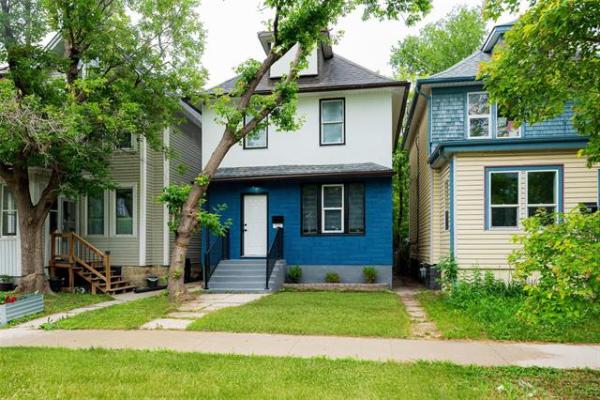QUESTION: A friend noticed that the people doing her neighbour's roof had laid down felt paper this morning, before it poured for about 15 minutes. She was sort of expecting them to remove it and re-apply dry, but they shingled right over the soaking-wet paper, and left. She took a picture of the roof, and the new shingles are obviously buckling.
Should she tell her neighbours about this, or will the wet paper eventually dry and all is good? Thanks for your time. Kevin Holman
ANSWER: We all remember the experience of playing a game where several friends sit around a table or in a circle and someone begins by whispering a phrase or scenario in the next person's ear. This person then whispers it to the next, and so on until the last person tries to verbalize what they heard.
The results are rarely anything close to the original, and often quite funny. This is what often occurs when I receive inquiries like yours. Rarely is the event similar in nature to what is originally recounted, especially if it's based on a vague situation like you have described.
Firstly, I'm happy that the contractor actually used roofing felt or paper underneath the shingles, as this is good practice and not always followed. This thin helps protect the roof from leakage if there is damage or a small hole in the roofing, and to extend the life of the shingles somewhat. The extended life expectancy is nice, but the true purpose of roof felt is to shed water if the upper layer of roofing become compromised.
If this thin membrane was completely in place, with minimal holes only from staples, it may have prevented major roof leakage when the rain started. If your friend looked closely while it was raining, she may have noticed that the water easily ran off the roof. This felt material is impregnated with bitumen, making it quite moisture-resistant. It will not stand up to repeated exposure to sun and rain, but is normally quite effective when initially installed.
This means that the rain water should not have been able to easily penetrate unless there were holes or openings. That's why the roofers could likely complete the job without the attic or ceilings in the home being damaged. If this roofing membrane is able to shed the water and not absorb a substantial amount, there should be little problem with covering it with shingles when the rain stops.
Some roofers also use a squeegee or other tool designed to quickly remove excess moisture from a smooth surface. Your friend may simply have not seen this tool used.
A plastic tarpaulin may also have been laid over top of the unfinished roof once the rain started. Most roofers carry tarps in their vehicles just for such a situation, to avert a potentially disastrous leak. This may have been used but was beyond the vision of your observer.
Here's another point to consider. There are often frequent rainstorms that blow in and out during our non-winter months, especially during very hot weather. With many of these brief storms, the sun will immediately re-emerge, and can quickly dry out the surface of building materials that have become wet. t would not take long for a hot summer sun to evaporate any water sitting on the surface, especially with bitumen-impregnated paper. The natural slope of the roof would also assist in removal of any of this excessive moisture.
The last issue to address is the curling of the shingles. Most bitumen shingles designed for pitched roofs are self-sealing. What that means is that there is a small tab of adhesive on the top or bottom of each shingle, which seals it to the shingle immediately above or below. This seal is heat-activated and often requires several weeks, or even months, to properly seal.
If a roof is installed in the late fall or early winter, it may not be fully sealed until the next summer when a hot sun heats up the adhesive. For a new roof, like the one in question, the shingles would probably not be sealed yet. They also would have been pulled apart and manipulated during installation, which can also cause them to look curled or buckled until they are sealed.
When trying to determine if a job is properly completed by a contractor, one should seek the advice of a seasoned professional rather than relying on third-party hearsay from friends or neighbours.
If the buckling persists, contacting an experienced Registered Home Inspector, municipal building inspector or reputable roofing contractor may be the right move for your friend's neighbour.
Ari Marantz is the owner of Trained Eye Home Inspection Ltd. and the President of the Canadian Association of Home & Property Inspectors - Manitoba (www.cahpi.mb.ca). Questions can be e-mailed to the address below. Ari can be reached at (204) 291-5358 or check out his website at www.trainedeye.ca.
trainedeye@iname.com



